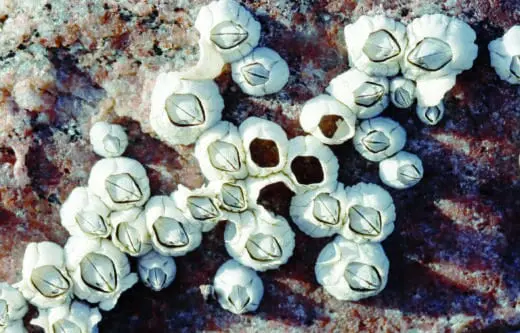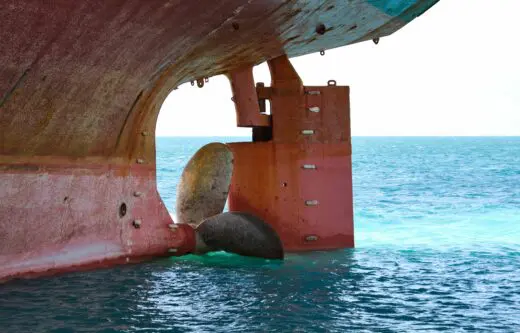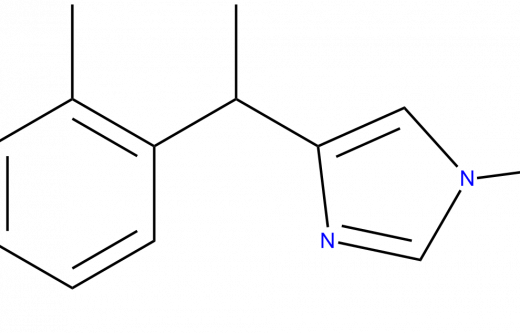Fascinating facts about barnacles: how they attach to ship hulls?
Introducing Our New Series: Fascinating Facts About Barnacles!
1. How barnacles attach themselves to ship hulls.
Imagine a ship gliding through the ocean, its hull cutting through the waves with ease. But beneath the surface, a tiny menace is at work—barnacles. These small marine organisms attach themselves to the hulls of ships using a natural adhesive that is five times stronger than any glue humans have developed.
The barnacle cyprid adhesive, often hailed as nature's strongest glue, is a marvel of biological engineering. Imagine a substance so powerful that it can stick to any surface, under any conditions, even underwater! This adhesive, also known as barnacle cement, has baffled scientists for over 150 years since it was first described by Darwin.
The secret behind this superglue lies in its unique composition and mechanism. Barnacle larvae release an oily droplet to clear water from surfaces before sticking down using a phosphoprotein adhesive. This two-component system ensures that the glue can adhere even in the challenging conditions of the ocean, where dissolved ions, varying pH levels, and constant wetness would typically hinder adhesion.
Once one barnacle sticks, it doesn’t take long for a whole colony to follow, creating massive issues for ships and environment.
The strength of this glue-like substance is such that mechanical forces are required to dislodge attached barnacles. In the first week after settling, the surface between the barnacle and the hull is very small, and the barnacles constantly release "barnacle" glue to bond to the surface. At this stage, the barnacles can be removed by a hull cleaning without damaging the coating. However, the older and larger a barnacle becomes, the more difficult it will be to remove from the hull without damaging the coating. When removing at a later stage, the antifouling will be taken off together with the base plate of a barnacle, removing the fouling protection.
Understanding the intricate process of barnacle attachment, or rather how to avoid it, is key to developing effective antifouling solutions.
Enter Selektope, a unique biotechnology that offers a solution to this persistent problem. Selektope works by triggering the barnacle larvae to swim faster, making it unable to glue itself to the treated surface. This innovative approach ensures that barnacles do not get the chance to attach in the first place, keeping ship hulls clean and efficient. By preventing barnacle attachment, Selektope helps reduce fuel consumption, lower CO2 emissions, and protect marine ecosystems from the spread of invasive species
Keep following this Barnacle series for more intriguing information and updates, and learn how Selektope® is playing a crucial role in stopping barnacles from attaching to ship hulls globally!
Related articles

Innovative Solutions and Global Collaboration: Highlights from the 3rd GloFouling R&D Forum in Busan

Barnacles: Invited or Invader?

Exploring the Diversity and Resilience of Barnacles!
